Description
The Historical Significance of the Russian Icon of St. Dimitri in 18th Century Religious Art
The Russian Icon of St. Dimitri, rendered in tempera on wood and dating back to the mid-18th century, stands as a testament to the spiritual fervor and artistic dedication that characterized Russian religious art of the period. This icon, with its rich hues and intricate details, not only embodies the religious sentiment of the time but also serves as a window into the cultural and historical context of 18th-century Russia.
In the realm of Eastern Orthodox Christianity, icons are not mere representations; they are considered sacred and are venerated as holy objects. The icon of St. Dimitri is no exception. St. Dimitri, also known as Demetrius of Thessaloniki, was a Christian martyr and a saint revered for his unwavering faith and his miraculous interventions on behalf of the faithful. His iconography typically depicts him as a warrior saint, often on horseback, reflecting his status as a protector against invasions and a patron of soldiers.
The mid-18th century was a time of great change in Russia, with the country undergoing significant westernization under the reign of Empress Elizabeth and, later, Catherine the Great. Despite these shifts, the production of religious icons remained a deeply traditional practice, rooted in the Byzantine artistic heritage that had been embraced by Russia since the conversion of the Kievan Rus’ to Christianity in the 10th century. The Russian Icon of St. Dimitri, with its adherence to the time-honored techniques and styles, illustrates the continuity of this spiritual and artistic tradition amidst the broader societal transformations.
The technique of tempera painting, which involves the use of egg yolk mixed with pigments, was a hallmark of iconography and allowed for the creation of luminous colors that have endured for centuries. The use of wood as a substrate provided a stable and enduring canvas, ensuring that the sacred images could be passed down through generations. The icon’s composition, with St. Dimitri often portrayed in the center, surrounded by scenes from his life or his posthumous miracles, reflects the narrative nature of icons, which not only depict saints but also tell their stories.
Moreover, the icon’s intricate details and the artist’s meticulous attention to the saint’s garments and the surrounding elements underscore the devotion and skill that went into its creation. The gold leaf that often adorns such icons would have been applied with precision, its reflective quality intended to evoke the divine light and to draw the viewer into a contemplative state.
The Russian Icon of St. Dimitri also serves as a cultural artifact, providing insight into the religious life of 18th-century Russia. Icons were central to Orthodox worship and were often used in both public liturgies and private devotions. They were believed to facilitate a direct connection with the divine, serving as conduits for prayer and veneration. The presence of an icon like that of St. Dimitri in a church or a home would have been a source of comfort and inspiration, a tangible reminder of the saint’s protective presence.
In conclusion, the Russian Icon of St. Dimitri is not merely a piece of religious art; it is a spiritual touchstone that captures the essence of 18th-century Russian Orthodoxy. Its historical significance lies in its ability to convey the enduring nature of religious tradition amidst changing times, and its pastoral beauty continues to inspire awe and reverence. As an artifact, it bridges the gap between the past and present, inviting us to reflect on the rich tapestry of faith, art, and history that it represents.
Techniques and Materials in Creating the Russian Icon of St. Dimitri: Exploring Tempera on Wood
The Russian Icon of St. Dimitri, a revered artifact from the mid-18th century, stands as a testament to the spiritual devotion and artistic skill that characterized the era’s ecclesiastical art. Crafted with meticulous care, the iconography of St. Dimitri not only serves as a conduit for the sacred but also as a shining example of the traditional techniques and materials used in its creation. The use of tempera on wood, in particular, reveals much about the cultural and religious values of the time, as well as the technical prowess of the icon painters, known as iconographers.
Tempera, the medium employed in the depiction of St. Dimitri, is a time-honored paint made by mixing colored pigments with a water-soluble binder such as egg yolk. This method of painting is one of the oldest known to artists, and its durability is evidenced by the survival of tempera works from the first centuries AD. In the hands of the Russian iconographers, tempera became a divine tool, its matte finish and subtle luminosity ideal for conveying the spiritual solemnity and depth required for sacred subjects.
The process of creating an icon such as that of St. Dimitri was steeped in symbolism and ritual. The wood chosen for the panel was typically linden or poplar, woods valued for their fine grain and ability to withstand the test of time. Before the artist could begin, the wood was carefully prepared, cut to size, and seasoned to prevent warping. A layer of linen cloth, representing the shroud of Christ, was then adhered to the wood, followed by a gesso of chalk and glue, symbolizing the purity of the saints. This preparation of the panel was a meditative practice, each step imbued with prayer and contemplation.
Upon this sanctified surface, the iconographer would sketch the holy image, often following established patterns that had been handed down through generations. The drawing of St. Dimitri would have been no exception, his visage and posture conforming to the traditional representations of this revered martyr and military saint. Once the outline was in place, the artist would begin the painstaking process of applying the tempera, layer upon delicate layer, allowing each to dry before adding the next. The pigments, derived from natural sources such as minerals, plants, and even precious stones, were ground by hand and mixed with the egg binder to create a palette of rich, yet subdued colors.
The application of gold leaf was another critical aspect of icon creation, symbolizing the divine light of heaven. In the case of St. Dimitri, the gold would have been used to highlight his halo and other elements of his attire, bringing a celestial glow to the composition. The technique required precision and patience, as the thin sheets of gold were delicate and easily torn.
Finally, the completed icon would be sealed with a varnish, often made from oil or resin, to protect the tempera from moisture and the passage of time. This final step ensured that the icon could be venerated for centuries to come, its colors and details preserved as on the day they were painted.
The Russian Icon of St. Dimitri, with its rich tempera colors and reflective gold leaf, is a remarkable relic of a bygone age. It embodies the spiritual aspirations and artistic dedication of the iconographers who sought to capture the essence of the divine. Through their labor, they left behind a legacy of beauty and devotion, encapsulated in the serene countenance of St. Dimitri, rendered in tempera on wood.
Size: 22″ x 15″ / 56 x 38cm
Shipped to you direct from the Holy Land.
Zak’s Antiquities is the website of Zak’s fine art and antiquities. Located on the Christian Quarter road in Jerusalem’s Old City. The shop began in 1964 and has remained as a family owned and operated business till this day. For the past 50 years Zak’s Antiquities has sold ancient coins, antiquities and art authentic to Israel and Jerusalem.


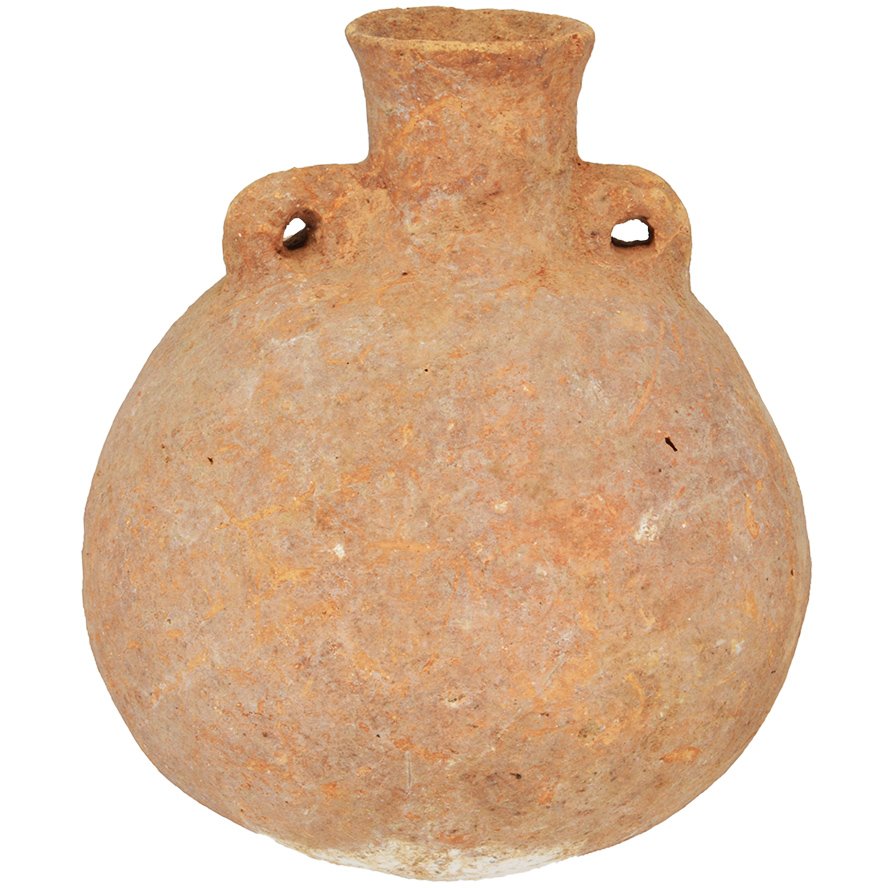
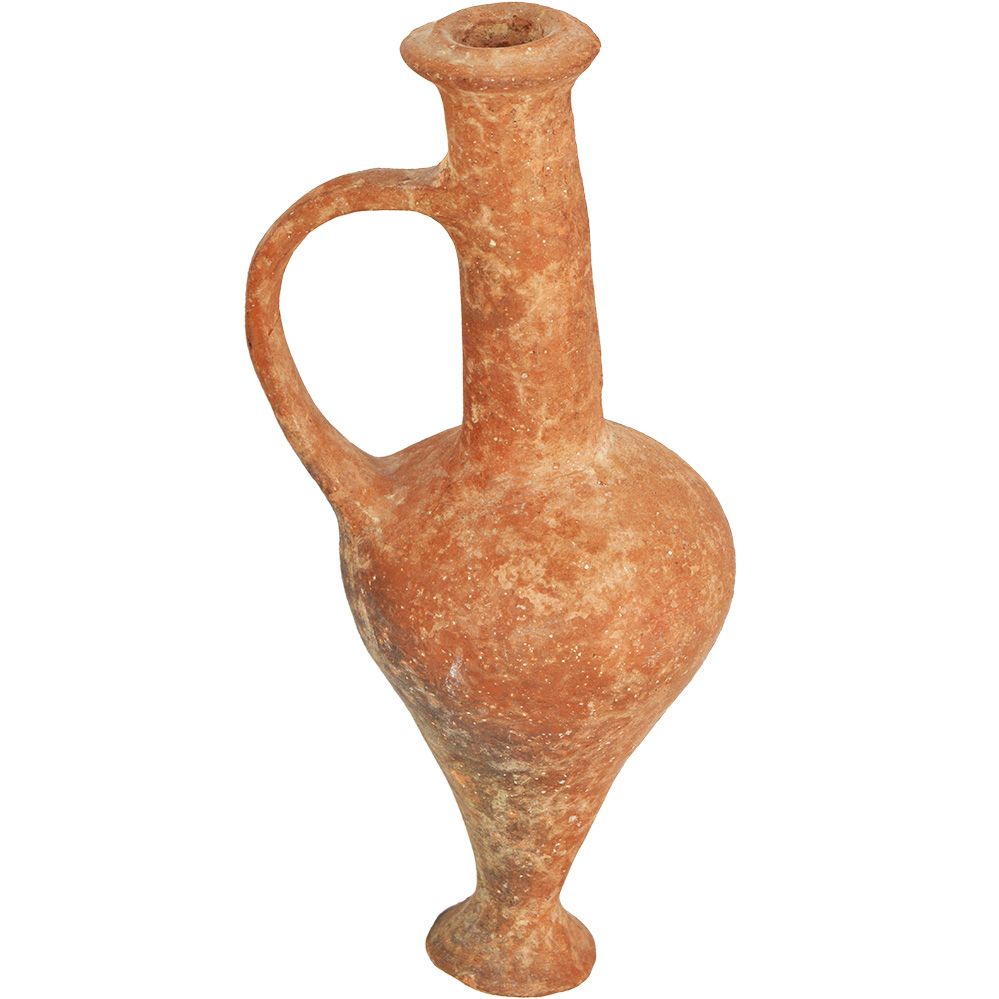
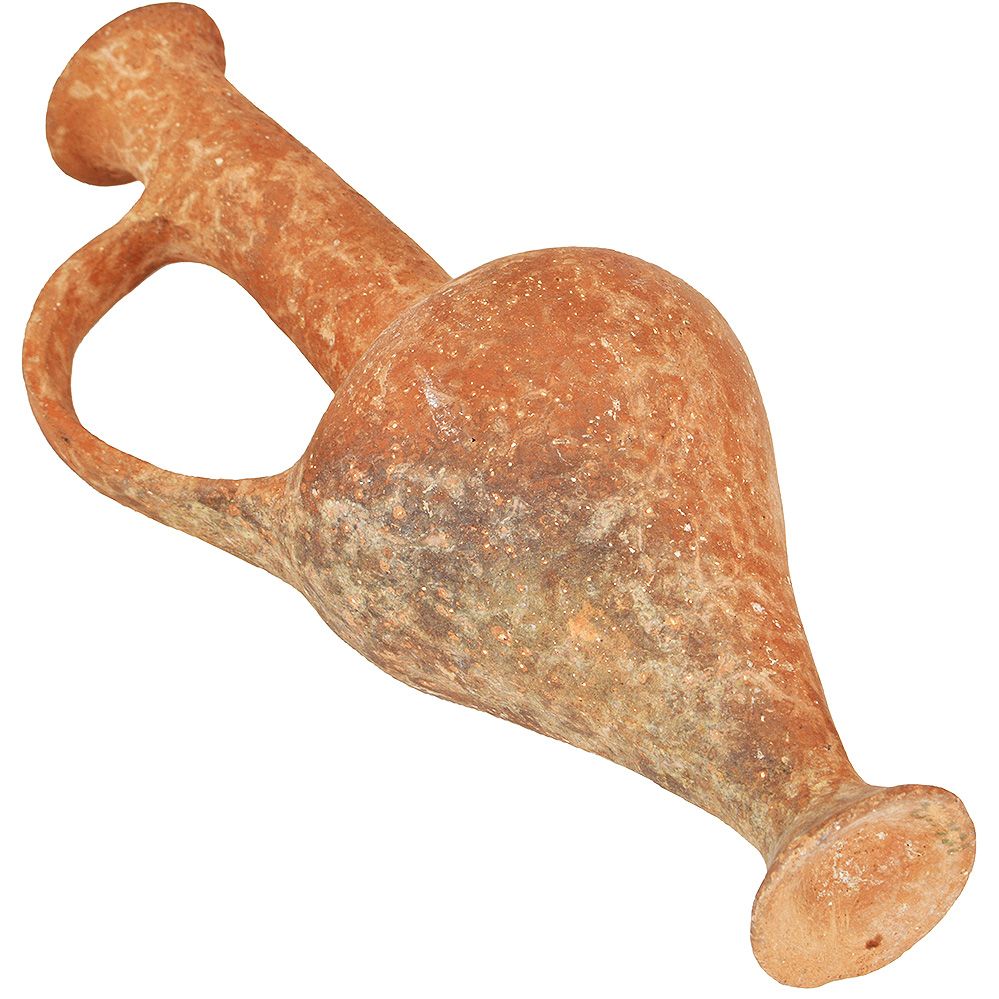
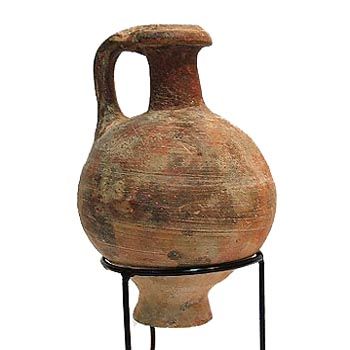
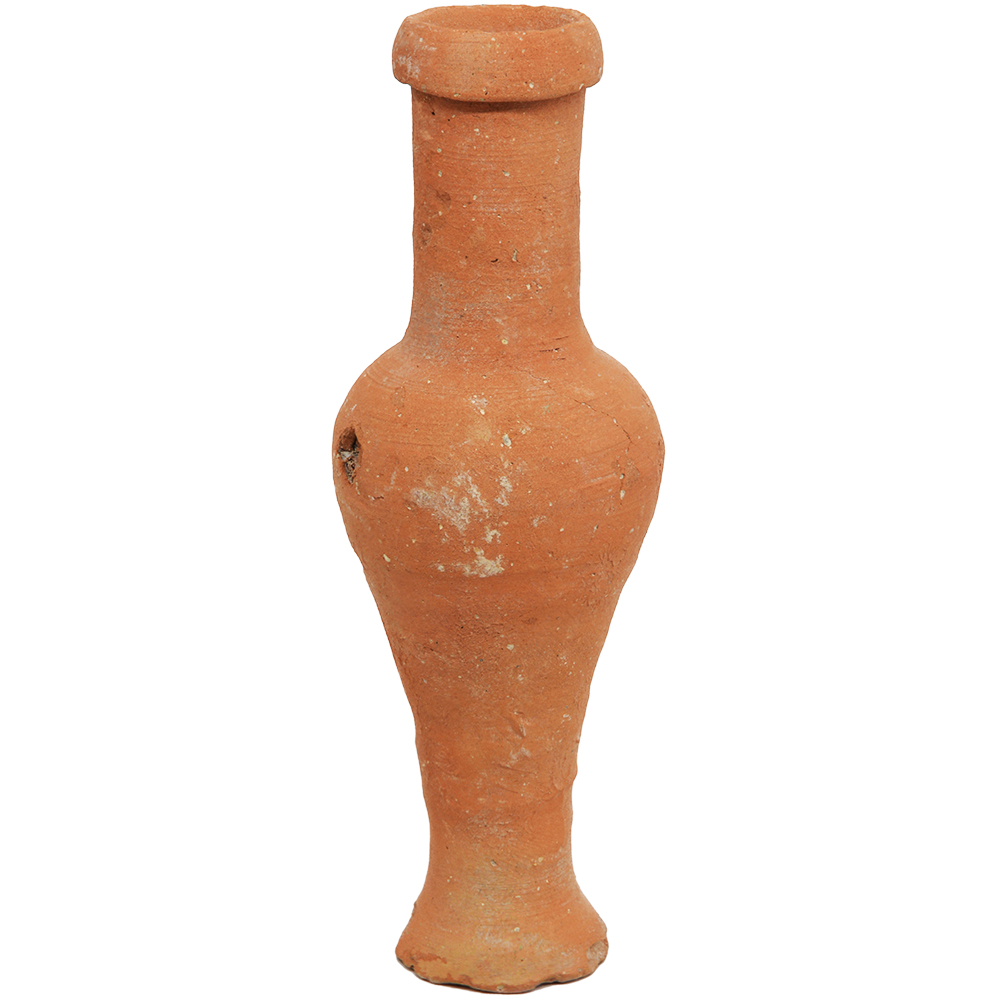
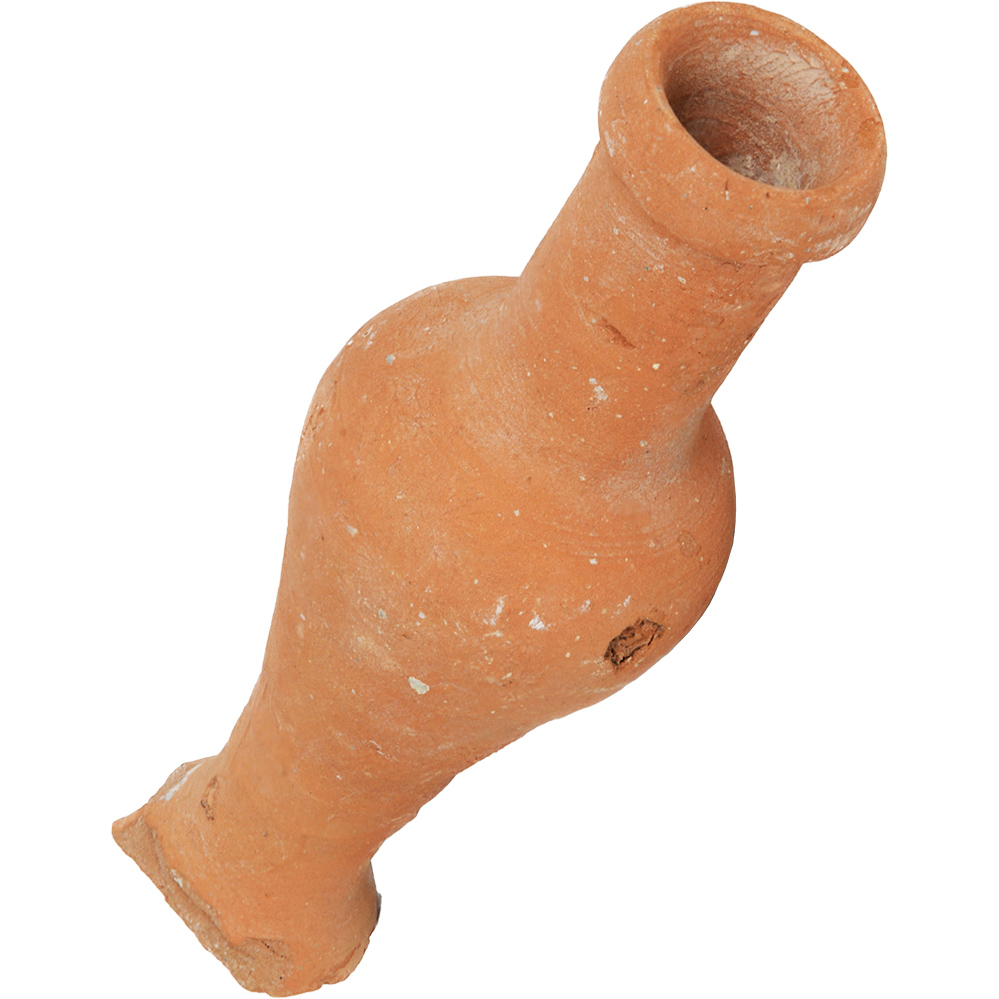
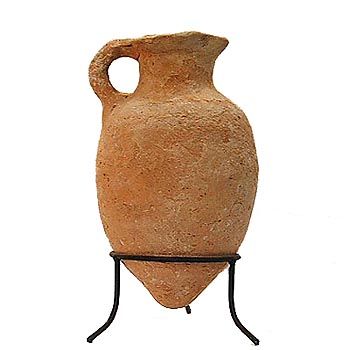
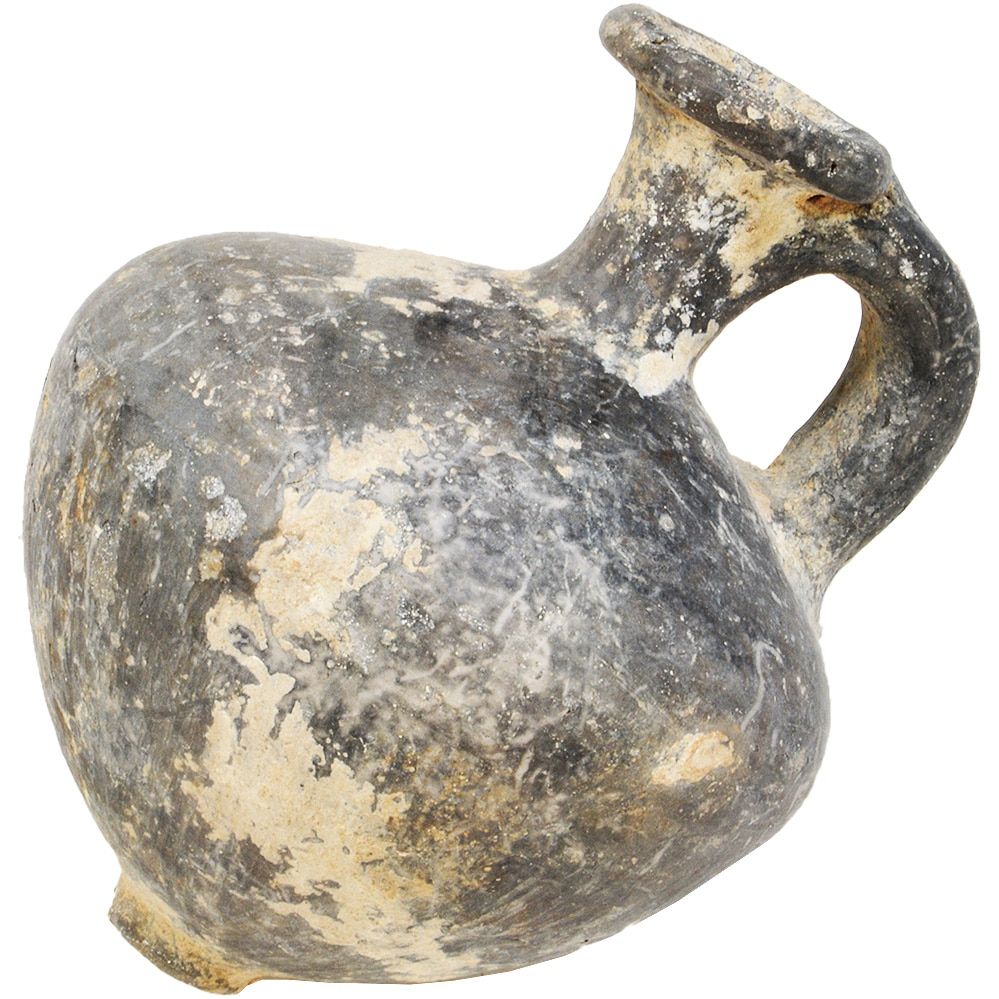
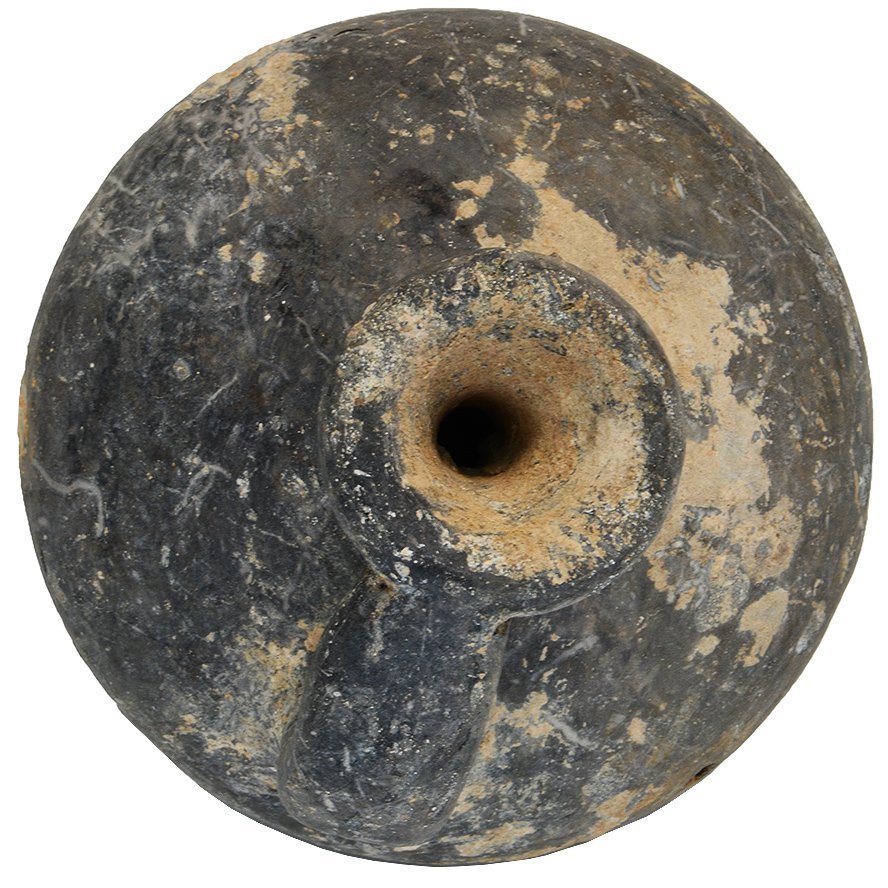
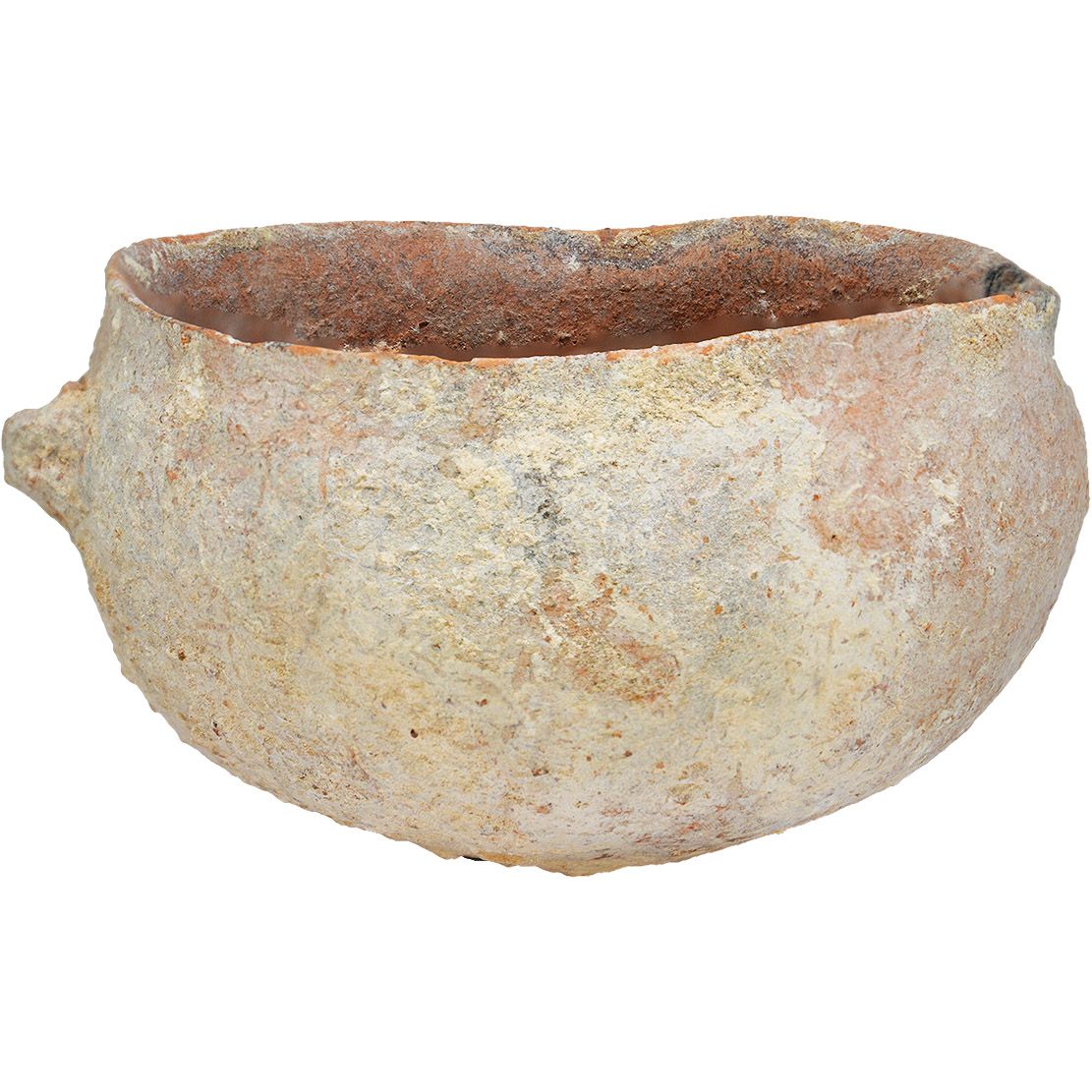
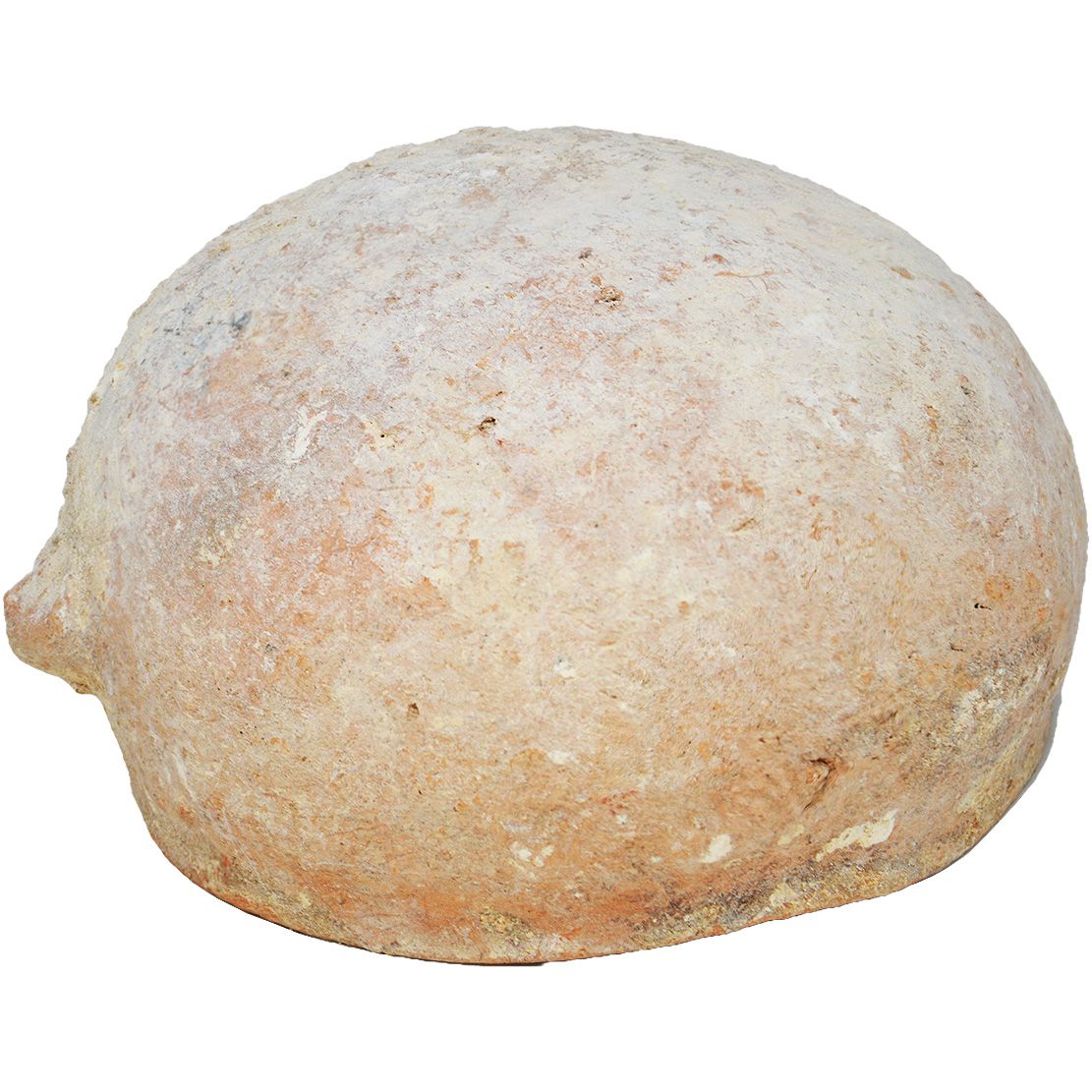
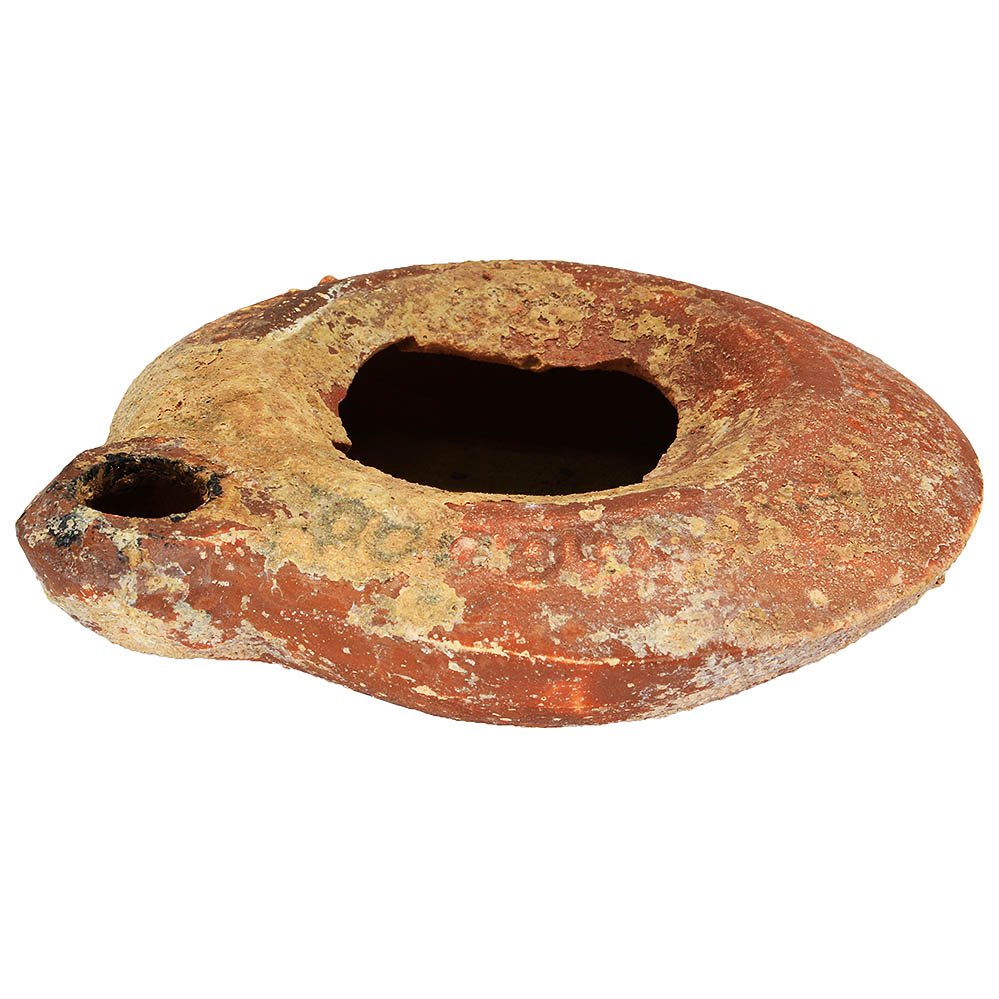
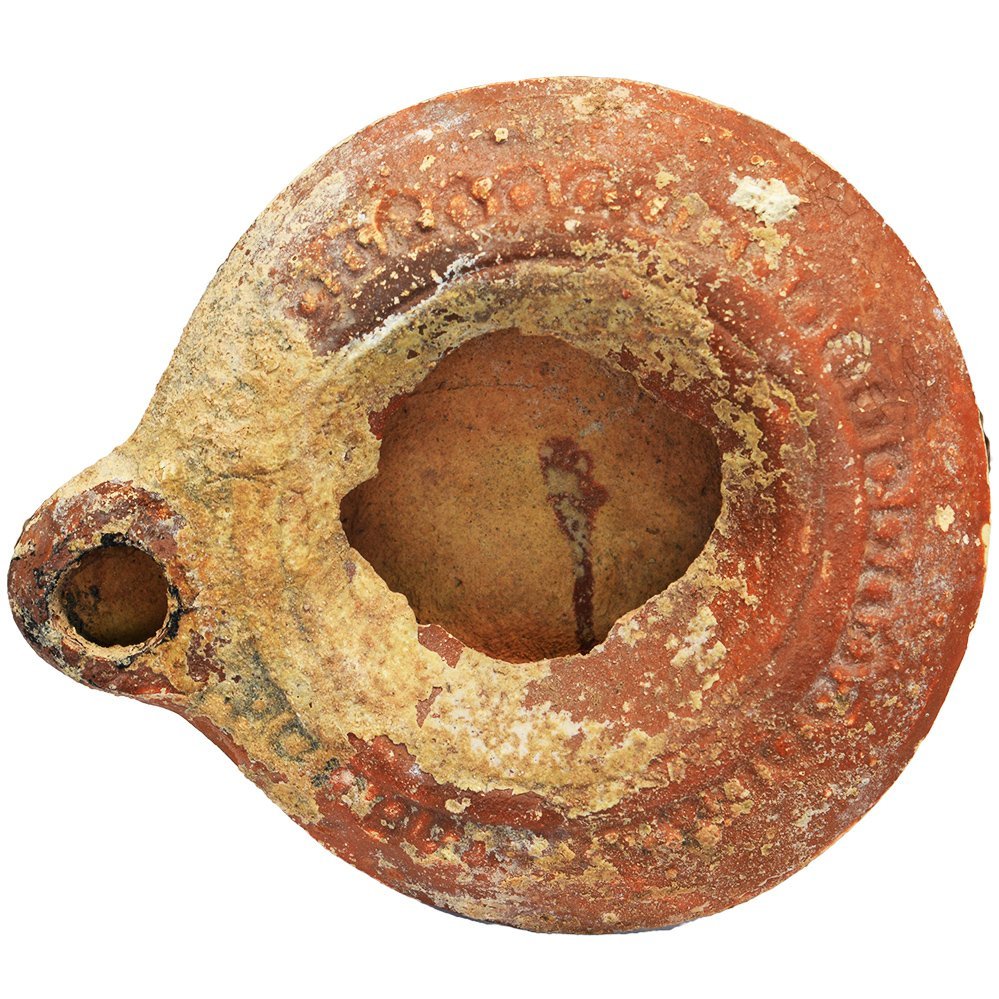
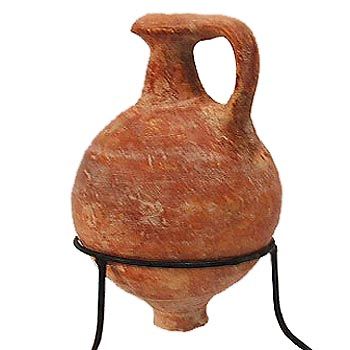
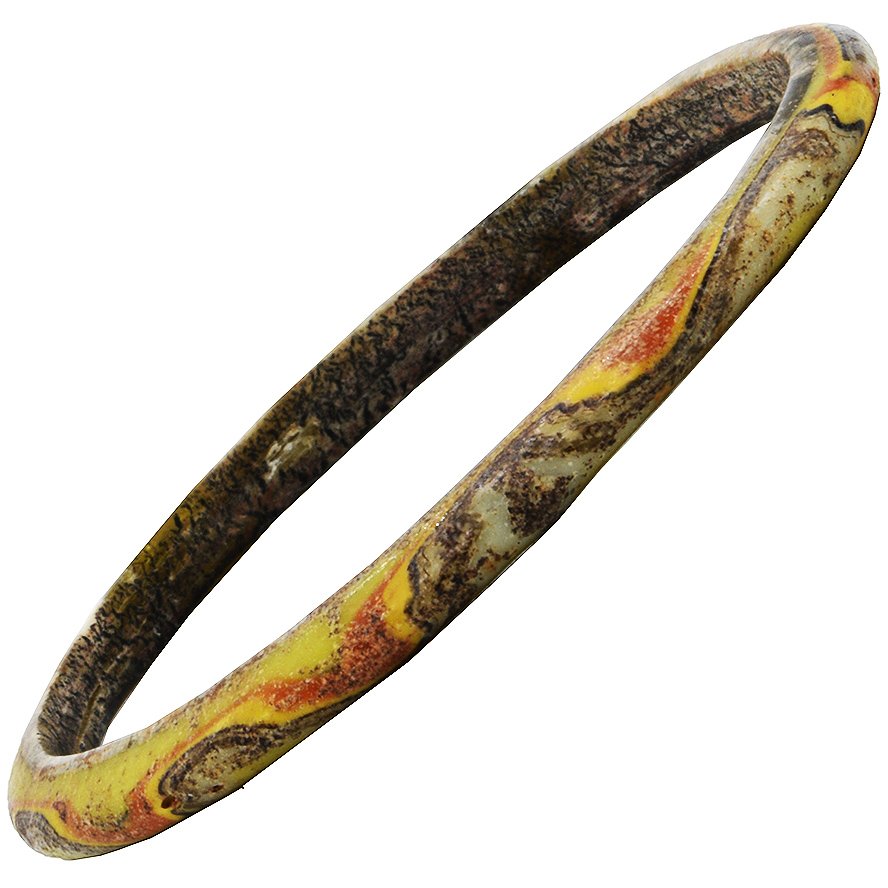
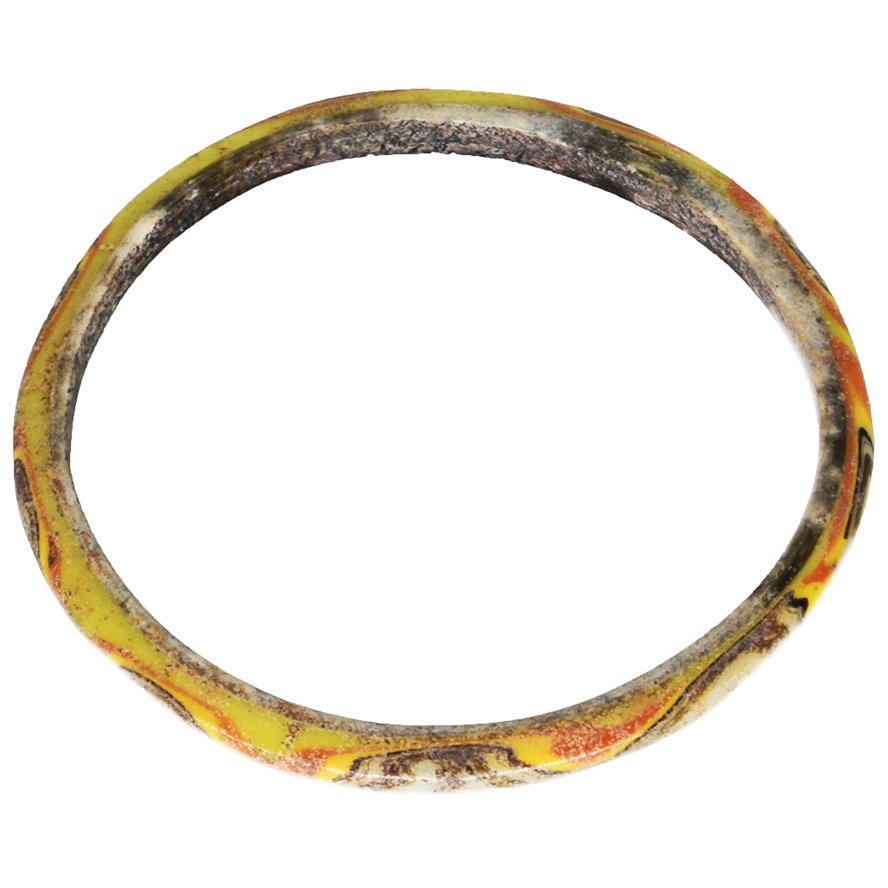
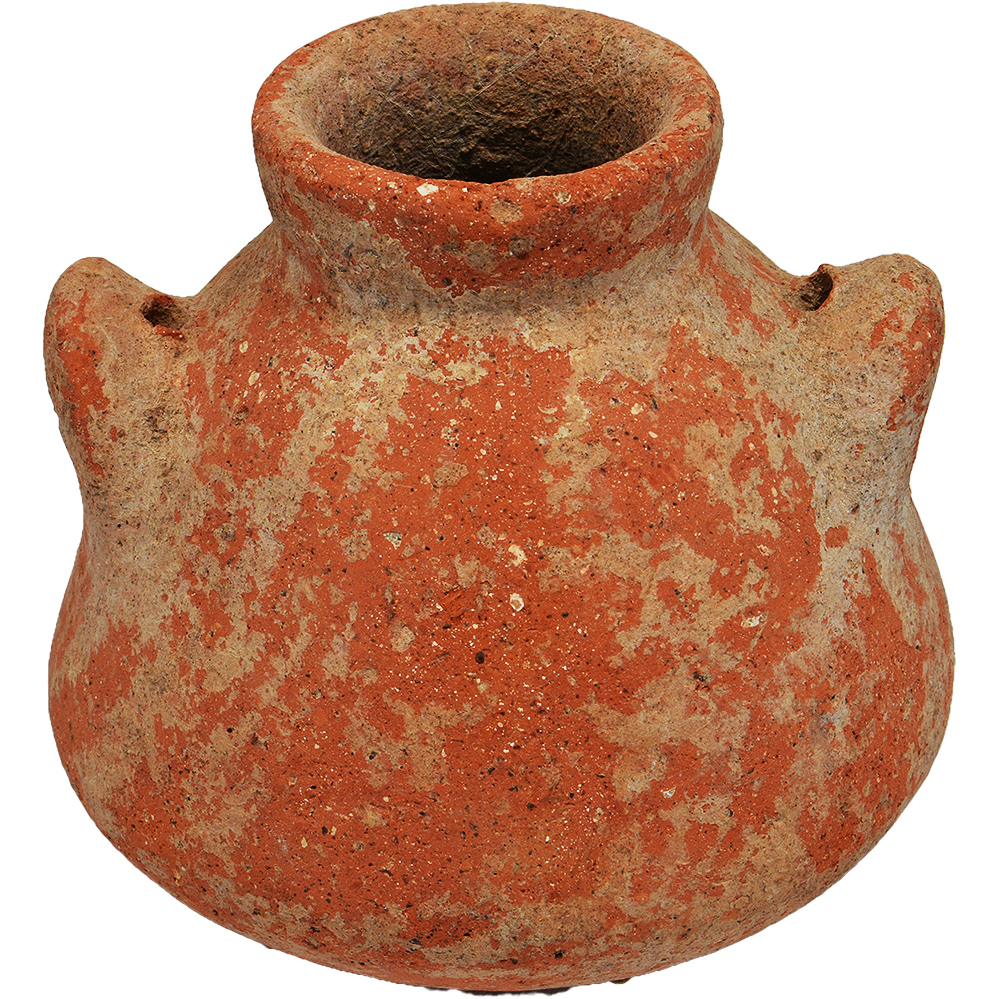
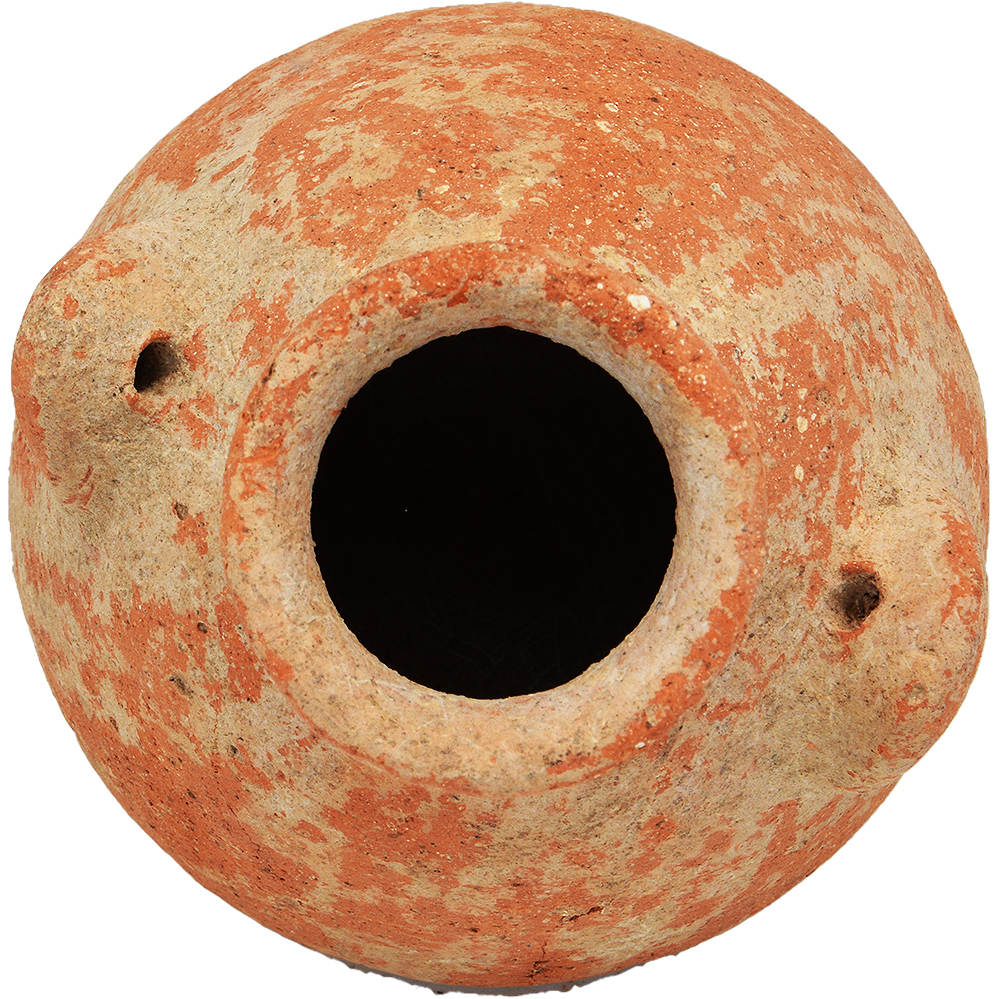
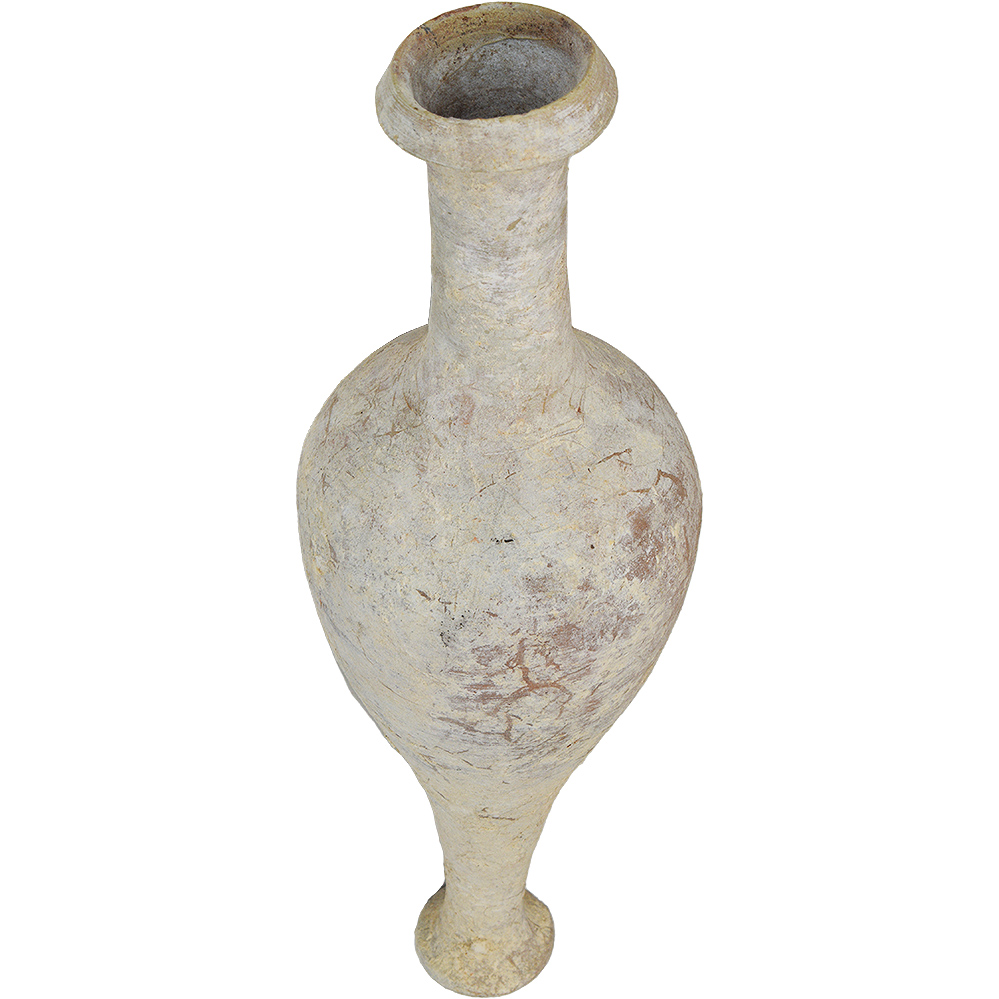
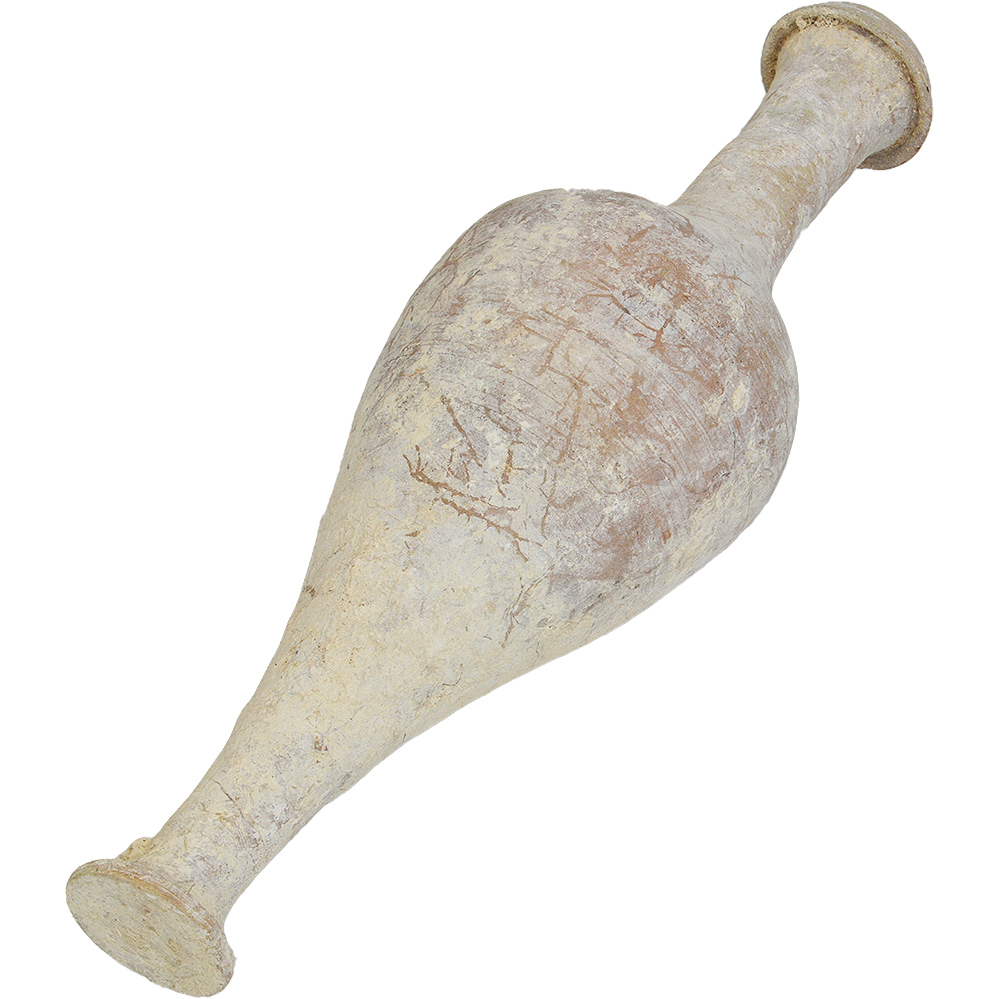
Reviews
There are no reviews yet.